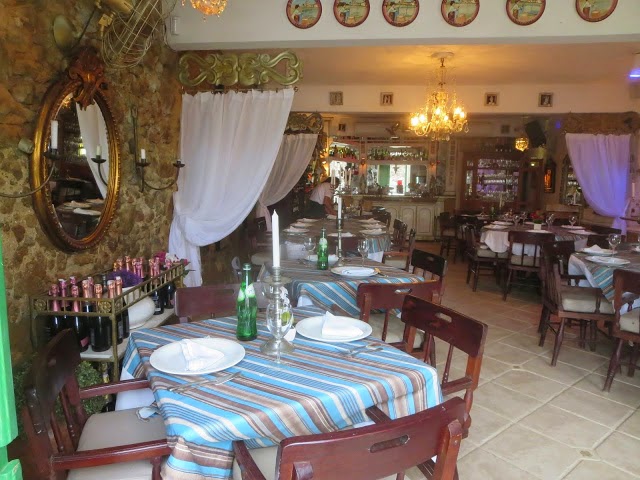 When I moved to Brazil, along with all the excitement of a new home, a new language, new friends, new routines and a new angle on the world, I must admit that I also had a funny feeling, a persistent, underlying unease that I couldn’t quite put into words. There were plenty of distractions, of course. Picking our way through the minefield of visas and other bureaucratic procedures was distracting. Finding our way around the aisles of the local supermarkets was distracting. Valiantly treading the waters of three- and four-language dinner parties was distracting. But sometimes, in the quiet of an evening, there it was. That low hum of disquiet. What was wrong with me? Well, recently I’ve begun to hear of a new medical condition, a condition of extreme anxiety regarding opportunities, interactions, experiences and events that a person might miss. Could it be? Had I developed FOMO, the dread Fear Of Missing Out?
When I moved to Brazil, along with all the excitement of a new home, a new language, new friends, new routines and a new angle on the world, I must admit that I also had a funny feeling, a persistent, underlying unease that I couldn’t quite put into words. There were plenty of distractions, of course. Picking our way through the minefield of visas and other bureaucratic procedures was distracting. Finding our way around the aisles of the local supermarkets was distracting. Valiantly treading the waters of three- and four-language dinner parties was distracting. But sometimes, in the quiet of an evening, there it was. That low hum of disquiet. What was wrong with me? Well, recently I’ve begun to hear of a new medical condition, a condition of extreme anxiety regarding opportunities, interactions, experiences and events that a person might miss. Could it be? Had I developed FOMO, the dread Fear Of Missing Out? |
| Jersey Boys, bis |
 So how do I square our not subscribing to cable TV — so that we don’t sit and watch English-language shows — with that slight disquiet I feel about missing out on those very shows? I don’t square it, which tells me that my particular strain of FOMO might not be as dire as others. If it were, I’d have signed up for cable and Netflix. I have done one thing, though, and one thing only, to keep myself connected, and that was to get a Kindle. Now I have all the books I want right in my hands, available any time of day or night at the touch of a one-click Whispersync — whatever that actually is. The irony here is that some of my favorite authors have stopped being so prolific. One or two of them haven’t written a new book in ten years, so I haven’t missed a thing!
So how do I square our not subscribing to cable TV — so that we don’t sit and watch English-language shows — with that slight disquiet I feel about missing out on those very shows? I don’t square it, which tells me that my particular strain of FOMO might not be as dire as others. If it were, I’d have signed up for cable and Netflix. I have done one thing, though, and one thing only, to keep myself connected, and that was to get a Kindle. Now I have all the books I want right in my hands, available any time of day or night at the touch of a one-click Whispersync — whatever that actually is. The irony here is that some of my favorite authors have stopped being so prolific. One or two of them haven’t written a new book in ten years, so I haven’t missed a thing! It took some time for me to wrench my core focus away from the USA and all that I might be missing there and focus instead on where I was actually living. Art and theater and concerts and films and novels and high-quality TV shows are created all over the world, and some reach the States late, and some reach the States not at all. Americans miss out on plenty, too. So do I suffer from FOMO? I admit that I did have a low-level case at first. But I’ll side with William Wordsworth, who wrote "For such loss . . . abundant recompense."** My loss has turned into my gain. (And of course, if I really, really need to, I can always just go out and buy the boxed set of all six seasons of the Sopranos!)
It took some time for me to wrench my core focus away from the USA and all that I might be missing there and focus instead on where I was actually living. Art and theater and concerts and films and novels and high-quality TV shows are created all over the world, and some reach the States late, and some reach the States not at all. Americans miss out on plenty, too. So do I suffer from FOMO? I admit that I did have a low-level case at first. But I’ll side with William Wordsworth, who wrote "For such loss . . . abundant recompense."** My loss has turned into my gain. (And of course, if I really, really need to, I can always just go out and buy the boxed set of all six seasons of the Sopranos!)*Ames, Franzen, Lethem, Miles, Safran-Foer
**Lines Composed a Few Miles Above Tintern Abbey, William Wordsworth, 1798













































